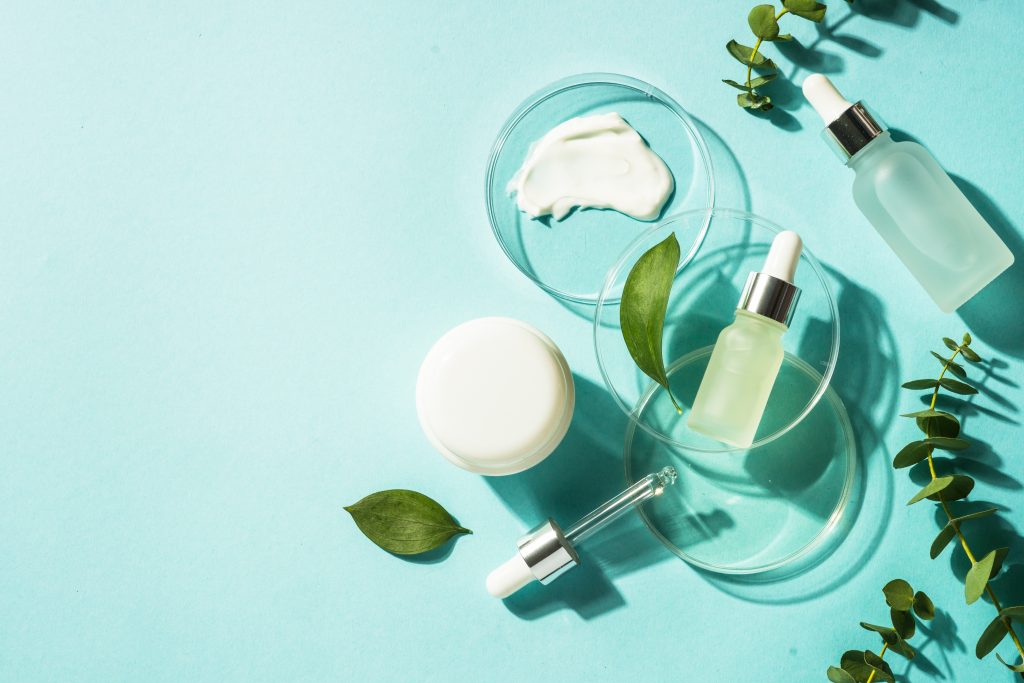Clean beauty is a term that is increasingly being used to describe products that are free from harmful chemicals and ingredients, and that are more environmentally friendly. This movement is gaining momentum as consumers become more aware of the potential risks of using traditional beauty products, and as they seek out alternatives that align with their values.
One of the main concerns about traditional beauty products is that they may contain harmful chemicals such as parabens, phthalates, and synthetic fragrances. These chemicals have been linked to a range of health issues, such as skin irritation, endocrine disruption, and even cancer. Clean beauty products, on the other hand, are free from these chemicals, and they are often made with natural and organic ingredients that are considered to be safer.
Another major aspect of clean beauty is its focus on sustainability. Traditional beauty products often come in packaging that is not recyclable or biodegradable, and the production of these products can be harmful to the environment. Clean beauty products, on the other hand, are often packaged in more sustainable materials such as glass and paper, and they are produced using methods that are less harmful to the environment.
Many clean beauty brands also promote transparency and honesty in their products. They are open about their ingredients, their sourcing and production methods, and the impact their products have on the environment. Consumers are looking for more transparency in their products, and clean beauty brands have answered that call.
The clean beauty movement is also driving innovation in the beauty industry. Brands are developing new and more effective natural ingredients, and formulating new and unique products that are free from harmful chemicals.
In conclusion, clean beauty is a growing trend that is driven by consumer demand for safer, more sustainable, and transparent products. It is changing the way the beauty industry operates, and it is likely to continue to grow in popularity in the future. Consumers are becoming more aware of the potential risks of traditional beauty products and are looking for alternatives that align with their values. Brands that can meet these demands will be well positioned to succeed in the future.


